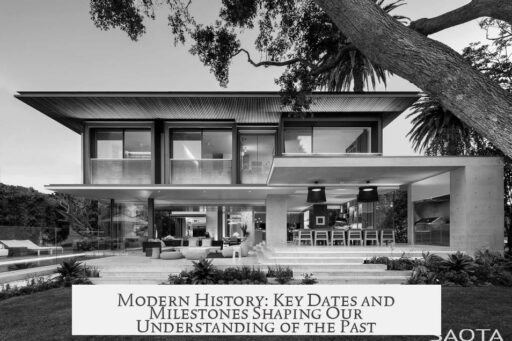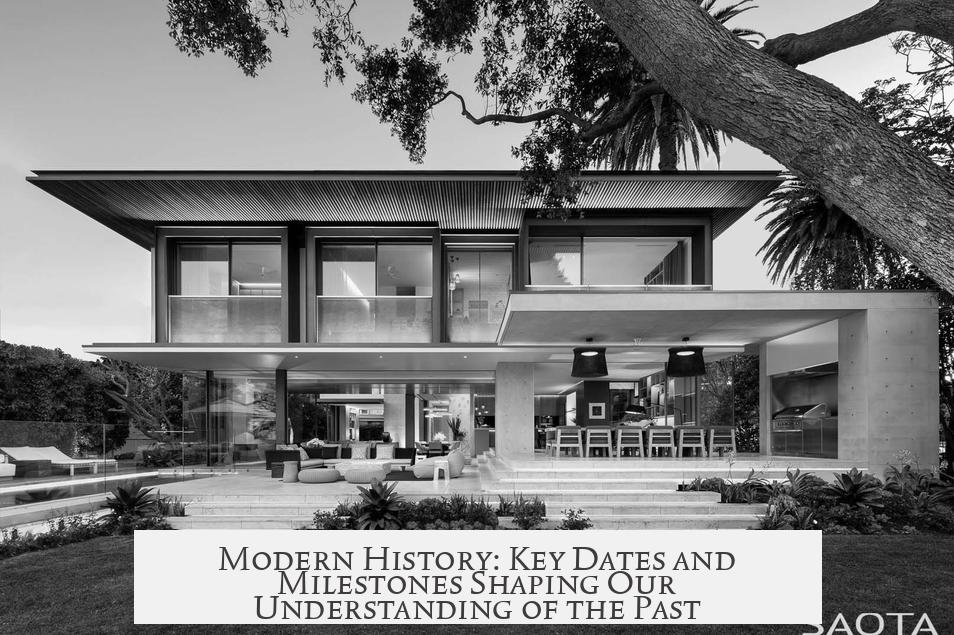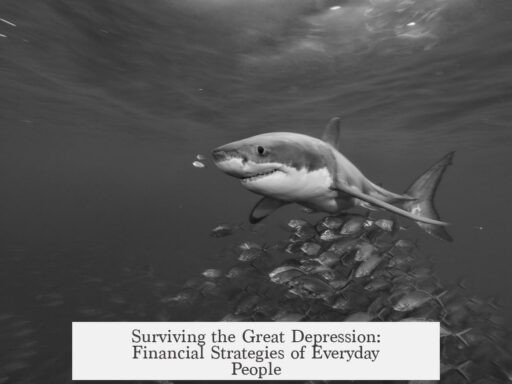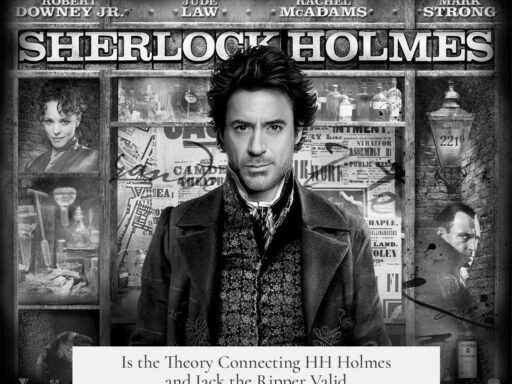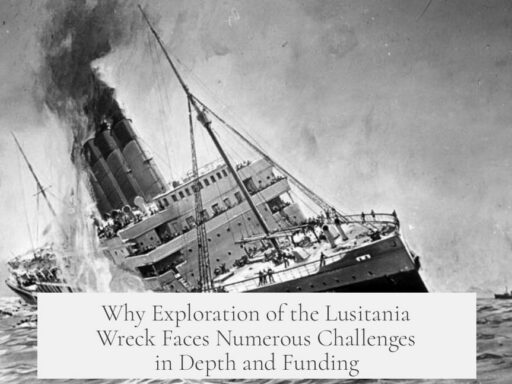Modern history generally starts around the early 16th century, between 1450 and 1500 CE, with key events marking the transition from the Middle Ages to a new era characterized by profound social, political, and technological changes.
Academic historians typically divide European history into Antiquity, the Middle Ages, and the Modern Era. The Modern Era begins in the early 1500s, though debate exists about the exact turning point. Several critical landmarks frame the start of modern history: the fall of Constantinople in 1453, the invention of movable type printing by Gutenberg around 1450, Columbus’s 1492 voyage to the Americas, and the 1517 start of the Protestant Reformation.
The fall of Constantinople in 1453 marks an important intellectual shift. This event led many Greek scholars to flee to Western Europe, bringing ancient philosophy and scientific knowledge that fueled the Renaissance. The Renaissance itself, beginning in the late 15th century, signifies the revival of classical culture and art, alongside advances in science and humanism.
Printing technology spread ideas rapidly, breaking the Church’s informational monopoly and facilitating the Reformation. Martin Luther’s Ninety-Five Theses in 1517 challenged religious authority and contributed to the rise of secular power…
- The Early Modern Era spans roughly from 1450 to the French Revolution in 1789.
- This period includes the Renaissance, Reformation, Enlightenment, and the beginnings of nation-states.
- The French Revolution is seen by many as a watershed event that launches the Modern Period proper.
The concept of the modern state emerges strongly during this period. The Treaty of Westphalia in 1648 often marks the rise of sovereign states, ending the pan-European Christendom model that dominated medieval politics and introducing secular governance and national sovereignty.
Modern history’s Eurocentric framing focuses on Europe’s political, intellectual, and cultural transformations. It marks a shift away from medieval structures—like the three estates (those who pray, fight, and work)—toward states governed by secular rulers claiming divine right and citizens with evolving rights and identities.
Defining the start of modern history depends on perspective and region. For example:
- In European education, modern history begins with the Renaissance or early modern period (~1450-1500) and culminates with the French Revolution (1789).
- In India, modern history is often said to start in the mid-18th century, around 1757 or 1857, marked by British colonial dominance and the Indian Mutiny.
- Some historians prefer the Battle of Mohács (1526) as a landmark for Central Europe.
The complexity of modernity extends beyond dates. It reflects a profound societal change occurring unevenly across political, technological, economic, and philosophical spheres. Some view modernity as a mindset emphasizing awareness of discontinuity with the past. Renaissance humanism, Enlightenment rationality, and revolutionary ideals exemplify this break.
Technological and intellectual developments solidify modern history’s foundations:
| Event | Year | Significance |
|---|---|---|
| Printing Press Invention | c. 1450 | Enables mass dissemination of knowledge |
| Fall of Constantinople | 1453 | Transmission of classical knowledge to Europe |
| Columbus Reaches America | 1492 | Begins Age of Exploration and global contact |
| Protestant Reformation Begins | 1517 | Challenge to Church authority, rise of secular power |
| Treaty of Westphalia | 1648 | Emergence of sovereign nation-states |
| French Revolution | 1789 | Rise of democracy, modern nation-state, Enlightenment ideals |
Philosophically, modern history corresponds roughly to the period beginning post-Renaissance and Enlightenment, emphasizing reason, science, and individual rights. Philosophers like Descartes, Spinoza, and Locke set the intellectual stage for modern thought. Their ideas challenge medieval traditions and lay groundwork for liberal democracies.
Some interpret the “modern” not as a fixed historical date but as a continuing process shaped by technological innovations and evolving social structures. The Industrial Revolution and the invention of electricity (19th century) further accelerated these changes.
The modern age also reflects global interconnection. European exploration and colonization reshaped the world, initiating global trade, cultural exchanges, and conflicts that define much of subsequent history.
The choice of the exact starting point for modern history depends on the disciplinary focus and geographical context but converges around the broad transformation of European society in the 15th and 16th centuries. The period marks a shift from medieval to contemporary structures in politics, economy, technology, culture, and ideas.
- Modern history usually starts around the early 1500s, following key events like the fall of Constantinople (1453) and Columbus’s voyage (1492).
- The Renaissance initiates a cultural and intellectual revival foundational for the Modern Era.
- The invention of the printing press and the Protestant Reformation challenge old authorities and spread new ideas.
- The Treaty of Westphalia (1648) introduces sovereign nation-states, ending medieval political orders.
- The French Revolution (1789) marks a central watershed in establishing modern political and social orders.
- The concept of modern history is Eurocentric but adapts when considering different regional histories.
When Did “Modern History” Start? Unpacking the Timeline of Modernity
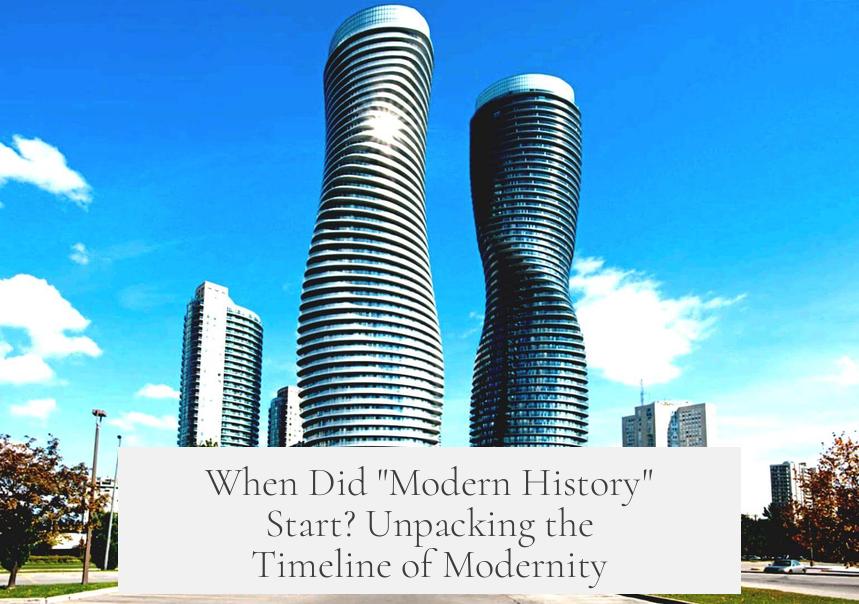
The question “When did modern history start?” stirs up a fascinating debate with no single answer. It depends on which perspective you take and what aspects you focus on. From academic frameworks to cultural shifts, this article uncovers the many layers of the modern era’s origins, mixing facts, timelines, and a touch of humor to keep history engaging and clear.
So, buckle up! Let’s travel back—no time machine needed, just a curiosity for historical transitions.
The Academic History Perspective: Eras and Debates
Academic historians usually slice time into chunks: Antiquity, the Middle Ages, and the Modern Era. But where does one era end and the next begin? That’s the million-dollar question.
Several markers make this tough. Some pinpoint the fall of Constantinople (1453). Others choose when Columbus sailed to the Americas (1492). Yet others cite the provocative start of the Reformation (1517)—when Martin Luther nailed his ninety-five theses on the church door.
The early 16th century is therefore a common starting point for what academics call the Early Modern History. This period stretches until the French Revolution in 1789, encapsulating the Enlightenment, a time when thinkers chased reason like kids chasing ice cream trucks.
Eurocentric Views and the European Transition

History classes often give us a Eurocentric roadmap for modern history. This view sees the Early Modern Era unfolding between the Renaissance and the Industrial Revolution.
It’s a chapter marked by big changes: the printing press spread ideas faster than wildfire; the Age of Discovery catapulted Europe into global contact; the Church’s authority began to loosen its grip, making room for states to claim independent sovereignty.
Picture Europe shedding the old medieval three-estates system—those who work, fight, or pray—and stepping into a new scene where kings and governments had an edge over bishops (though not without some divine diplomatic claims).
Why Around 1500 is a Safe Bet as a Starting Point
Picking an exact start for modern history is like choosing the moment a soufflé rises perfectly—it’s a process, but certain dates stand out for being instrumental.
- The fall of Constantinople (1453) brought precious ancient knowledge westward, fueling new intellectual flames.
- The discovery of America (1492) kicked off the intense Age of Exploration and, some argue, Imperialism’s darker shadow.
- The invention of the printing press (circa 1450) by Gutenberg made mass information possible, sparking ideas that ranged from religious dissent to scientific enlightenment.
- The end of the Reconquista (1492) cemented Europe’s new identity, redrawing political boundaries.
- The beginning of the Reformation (1517) shattered religious uniformity, challenging traditions and authority.
Individually, each event reshaped the world. Together, they form the bedrock of what historians generally regard as the dawn of modernity.
The Renaissance and French Revolution: What Should We Choose?

History majors often hear that modern history kicks off with the Renaissance. It’s when human creativity and bold questioning flourished—art, literature, and science went on a winning streak.
This Renaissance era blends into what’s called the Early Modern Period, concluding dramatically with the French Revolution. Some experts prefer marking modern history’s start right at 1789 since the revolution represents an emphatic rejection of feudal pasts and a leap toward modern democracy and republicanism.
Choosy historians might argue: “Why pick a single date?” After all, history is a quilt made of many patches.
Modernity’s Characteristics and Key Milestones
Wonder what qualifies as modernity? Is it mechanization? Nation-states? Global trade? Firearms?
For those fascinated by tangible changes, around 1500 CE offers a cocktail of revolutionary elements:
- The rise of print media.
- Development of firearms, shifting power dynamics.
- The first steady exchanges between the Old and New Worlds.
- The foundation of geopolitics and global trade networks.
These upheavals tore through the old medieval order and introduced a new social, political, and economic reality.
French Revolution: A Rival Starting Point

Some universities and educators prefer to start modern history with the French Revolution. They argue it marked the crystallization of Enlightenment ideals—liberty, equality, fraternity—into practical governance and social order changes.
This point emphasizes the rise of liberal democracy and the battle of ideologies that persisted into the 20th century, including fascism, communism, and capitalism.
Philosophy and the Modern Era
Philosophically, the modern era sits just after the Renaissance and Enlightenment when thinkers like Descartes, Spinoza, Leibniz, and Hume forged new ideas. This stage precedes the monumental shift caused by Kant.
This intellectual timeline corresponds with technological leaps—sailing across oceans, printing presses churning knowledge—which shaped the cultural bedrock of contemporary society.
Country-Specific Perspectives: Because One Size Does Not Fit All

Of course, modern history’s start varies when viewed through different cultural lenses:
- In France, modern history runs from the 15th or 16th century until the French Revolution, after which the 19th and 20th centuries fall into ‘contemporary history.’
- India’s modern era often begins with British trade influence in the early 17th century, or battles like Plassey (1757) or the Indian Mutiny (1857) mark significant turning points.
- In Central Europe, events like the Battle of Mohacs (1526) serve as local modern era markers.
The Treaty of Westphalia and Nation-State Sovereignty
The Treaty of Westphalia (1648) offers another milestone: creating modern nation-states with clear sovereignty.
This treaty reshaped Europe post-war, birthing political entities not bound primarily by religious ties but autonomous civil governance. It laid a foundation for the political order recognizable today.
Modernity: More Than Dates—A Mindset
Interestingly, some thinkers argue modernity isn’t just a date but a way of thinking, a consciousness of breaking away from the past.
German philosopher Hegel emphasized modernity as an awareness of discontinuity—where people realized they could no longer fully identify with past traditions. The Renaissance and French Revolution magnified this awareness.
Modernity, then, might be as much about feeling the shift as about chronicling it.
What About More Recent Milestones?
Some might cheekily claim the invention of electricity marks the start of “modern” history—because without lights, how would we browse history blogs at midnight?
While electricity powers today’s world, historically, it’s one of the many waves following the original transformations from the 15th century onward.
Teaching Modern History Today
Modern World History classes often start with the French Revolution, using democratic values as a core theme and moving through the Industrial Revolution, Imperialism, two World Wars, and the Cold War.
This curriculum captures the arc of political and social development that defines much of our current global structure.
The Complexity of Modernity: A Patchwork of Changes
Modern history is complex. It involves intertwined changes in power, industry, technology, art, and economy.
Different fields highlight different inflection points: The invention of calculus, the rise of statistics, or global exploration.
All these shifts, considered together, compose the rich tapestry of modern history.
Putting it All Together: So, When Did Modern History Actually Start?
It depends!
The starting point of modern history floats somewhere between the mid-15th and late 18th centuries, grounded in key events like the fall of Constantinople (1453), Columbus’s voyage (1492), the Renaissance, the Reformation (1517), the Treaty of Westphalia (1648), and the French Revolution (1789).
This range reflects intertwined political, cultural, scientific, and philosophical transformations that shifted humanity from medieval frameworks toward today’s modern world.
Context matters, too. History in Europe took a different course than in India or elsewhere, where modernity might start at vastly different moments.
Final Thoughts: Why Does It Matter?
Why fuss over a starting date for modern history? Because it shapes how we understand progress, identity, and the world today.
It helps students grasp connections between past events and current realities. And it cautions us to remember that history isn’t neat but a messy, ongoing story.
So next time you hear “modern history,” ask yourself: is it about art, politics, technology, or ideas? Your answer might shift your mental timeline—no problem, because history loves a good debate.
Feeling a little more “modern” already? Good—that’s history doing its job.
When do most academic historians consider the start of the Modern Era?
Most academic historians mark the beginning of the Modern Era in the early 16th century, often pointing to key events like the fall of Constantinople in 1453, Columbus’ voyage in 1492, or the Reformation in 1517.
Why is the year 1500 often used as a starting point for Modern History?
Around 1500, several major events occurred: the printing press, discovery of America, and the end of the Reconquista. These shaped the political, cultural, and technological shifts linked to modern history.
How do historians differentiate between Early Modern History and Modern History?
Early Modern History generally spans from the Renaissance to the French Revolution in 1789. Modern History is often considered to start with the French Revolution, marking a significant political and social change.
What role does the French Revolution play in defining Modern History?
The French Revolution is seen as a watershed moment. Many historians treat it as the start of the true modern period because it transformed ideas about governance, society, and individual rights.
Is the concept of when Modern History starts the same worldwide?
No, the traditional start dates reflect mostly a Eurocentric view. Non-European regions have different timelines, and the idea of “modernity” varies depending on cultural and historical context.
